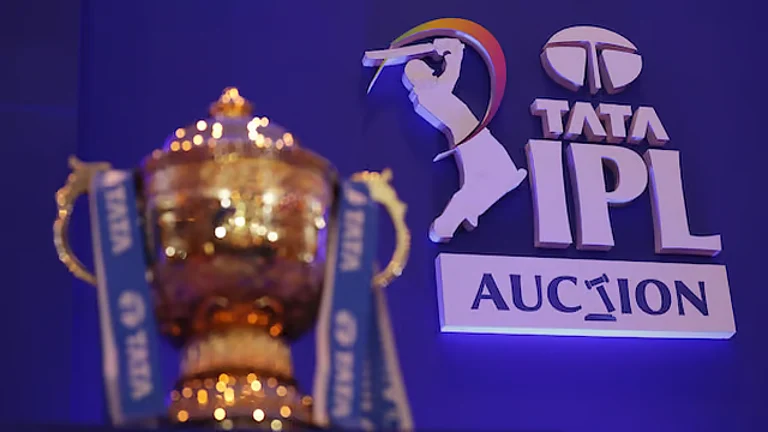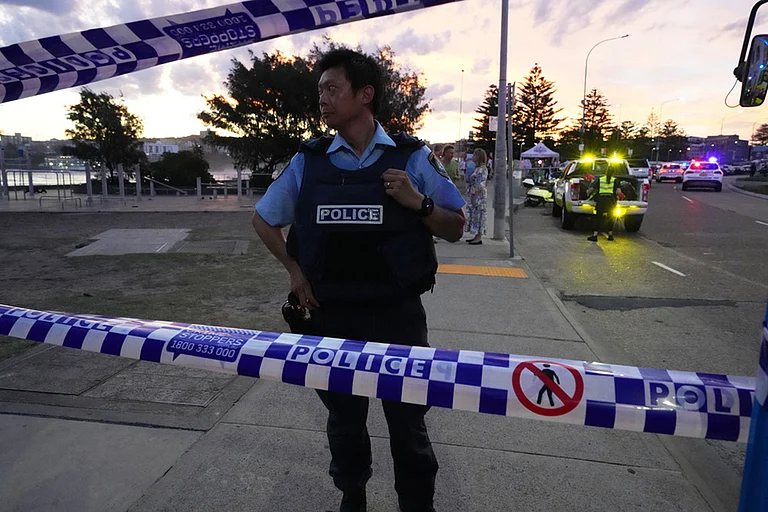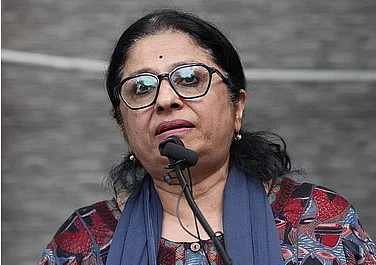He loved hills – the aesthetics, its imperial landmarks – as passionately as his art. So deeply fascinated by Shimla, then known as ‘Simla’, a Jewel of the Empire, and also ‘the Viceroys Summer Perch’, a young HC Rai, an alumnus of the Government School of Arts, Lucknow never retraced his steps after he had reached Shimla in 1961. He knew the country would remember his works almost to the level of Shimla's world of charm and legacies.
Eventually, his desire to pursue his passion for visual art in the mountain landscapes took him to heights as a versatile painter and a great scholar of literature and art – beyond the binderies of the state.
An ardent disciple of A K Haldar, an Indian painter of Bengal school, who has assisted Rabindranath Tagore at Shantiniketan, Rai, then 38, took over the reins of Principal of the College of Arts at Nahan—an institution of its great repute thereafter.

As per S N Joshi, a retired IAS and acclaimed theatre personality, Rai was a gifted man. A former professor at Fine Arts College, Bareilly, Rai was a legendary figure. To be the principal of a college at the young age of 38 was no mean achievement for him.
Rai justified his selection by the Union Public Service Commission (UPSC) to a distinguished position by establishing the Nahan Arts College in a span of six months and introducing courses in music (vocal and instrumental), dance, painting, sculpture and commercial arts in a building adjacent to Lytton Memorial, Nahan, where a primary school used to run.
Joshi recently wrote an article on the profile of Government Fine Arts College, Nahan, designed by the late Bhagwan Sahai, a retired ICS officer who served Himachal Pradesh as lieutenant governor from 1963 to 1966 and commended the role played by Rai as its Principal. Rai also holds credit as founder principal of Fine Arts College, Shimla and Rajkiya Kanya Mahavidyala (RKMV) – an all-girls college in Shimla, the erstwhile Summer capital of India.
Walking into the memory lane and nostalgia, Joshi was a prominent invitee to the inaugural five-day long H C Rai Centenary ArtFest, which began on October 18 at the historic Gaiety Theatre to showcase some of the lifetime works of Rai. It was his daughter – Amla Rai, film and theatre actor and her husband, Suneel Sinha, of the 1996 iconic film “Maachis” – a political thriller written and directed by Gulzar, who had conceived an event that drew an overwhelming response.

“Papa’s students, now spread through the length and width of the country, have converged in Shimla to be part of this mega event. Few sent their written responses about the life and works of H C Rai, my father. I had given word to him to host an exhibition with his lifetime’s works at one of the country’s top art centres in his 100th year. Unfortunately, we lost him in 2018 at the age of 96. We decided to put up this show in Shimla, his karambhumi ” says Amla Rai.
At the ArtFest, more than 350 rare paintings are on display, out of the treasure of 1000s of works done by Rai between 1943 and 2009. The most heartwarming fact about Rai’s profile as a painter and outstanding artist, says Suneel Sinha, remains that his early works were influenced by the Bengal schools of art under the guidance of legends like A K Haldar, N. Roychowdhery, L. M. Sen, B. Sen and Shridhar Mahapatra.
During World War II, Rai had served in the Indian Army as an artist. Rai was also a part of India's Freedom movement at a young age.
Rai’s experimentations, which began with the Bengal School of Painting, advanced to graduating to highly academic aspects of portraiture, landscape, still life and sculpture in various media like watercolour, pastels, crayons, oils and tempera forms. Tempera is a different form of fine art widely seen in Europe, mainly on wood panels from the 12th or early 13th century until the 15th century.
Some of his paintings viz 'Kinner mother' with a child in her arms (1989), Prateeksha – a Rajasthani woman waiting under the tree with an earthen pitcher (1947), Kavi aur Kalpana, a watercolour work done in 1967, landscapes of mountains and portraits of all landmark Shimla institutions of education, built in the finest British architecture create its own nostalgia.
He also made many large-size nudes in clay and oils. Most remarkable was making a realistic human body in clay, perfectly hollow from within. Such a strenuous process requires a perfect knowledge of human anatomy and various properties of clay.
Rai’s interest in portraiture and sculpture led him to explore the human body, for which he made thousands of sketches. His interest in random sketching started at a very early age of seven and blossomed in art school, so much so that famous personalities like A K Haldar, B Sen and M R Achrekar praised his sketches as far better than their own.
Once, A K Haldar while praising his pencil sketch of Swami Shivanand said, “Leave doing such standard of work, no artist in India has capability even to comprehend the intricacies of this work.” The Chief Architect of Birla Mandir, Delhi, even touched his feet after seeing his sketchbook.
Rai aimed at perfection in oil colour and watercolour. Various royal families, business tycoons, film stars and the general public acquired his artwork, and some commissioned him for portraits. He could work with equal flow and intensity with both hands.
His deep interest in classical Indian music and architecture supplemented his refinement. Rai is the chief architect of the famous Ram Mandir situated in Shimla. Even at 95, he practices sketching, even though he has lost sight in one eye.
Twice, Rai was selected by the Government of India for the Veteran Artist’s Award, which he did not accept because he thought he was awarded for his age and not for his passion for art and the quality of his artwork.
He was awarded Sardar Soba Singh Kala Samman (2003) by Prem Kumar Dhumal, then Chief Minister of Himachal Pradesh. The money received in which he doubled and contributed to Chief Minister’s Relief Fund. His artworks are bought and spread around many corners of the world. Rai’s paintings were hung in the Summit Hall, where the historical Indira-Bhutto Summit took place, and they are still hung there.
In ‘The Simla Story, The Glow & Afterglow Of The Raj: A Sketch Book’, a book published by Maria Bros. in 1992 which was co-authored by O C Sud, all the illustrations were sketched by H C Rai on the spot. The book contains sketches of all of Shimla’s monumental and world-heritage buildings.



























